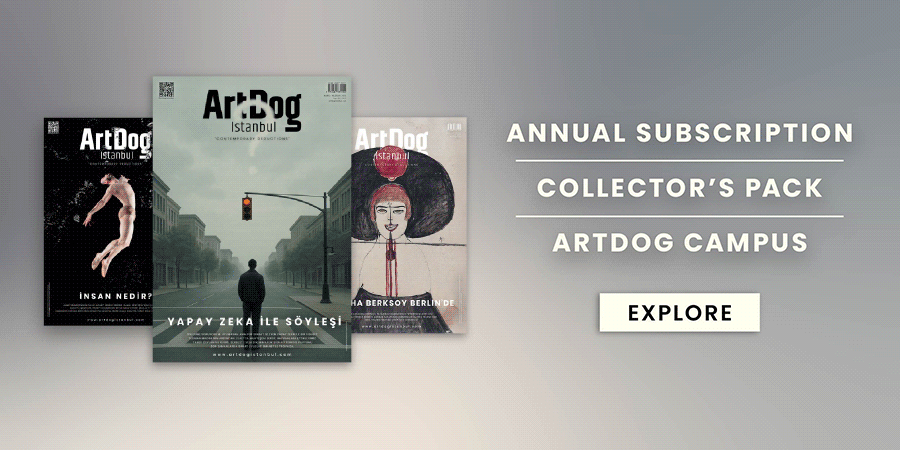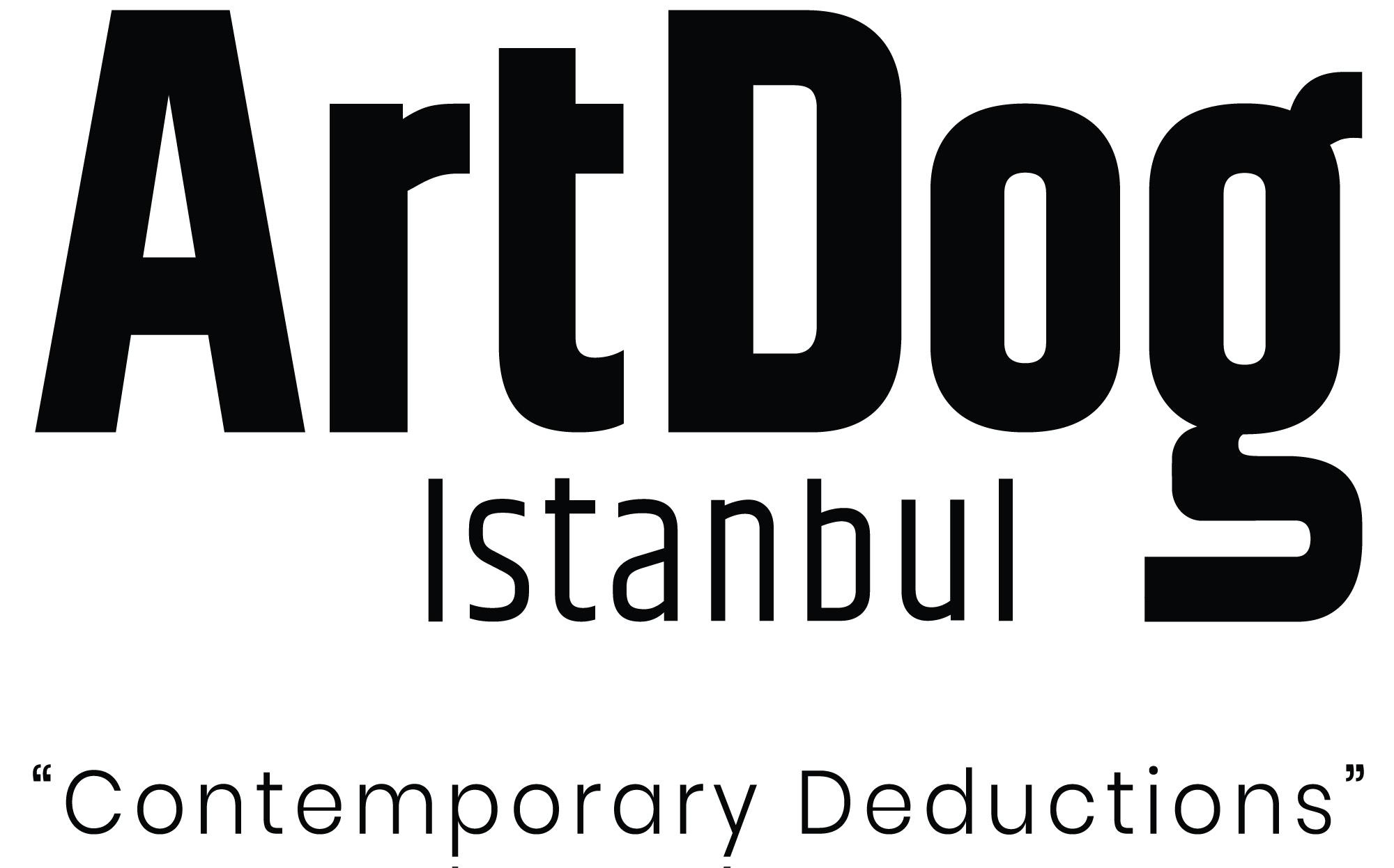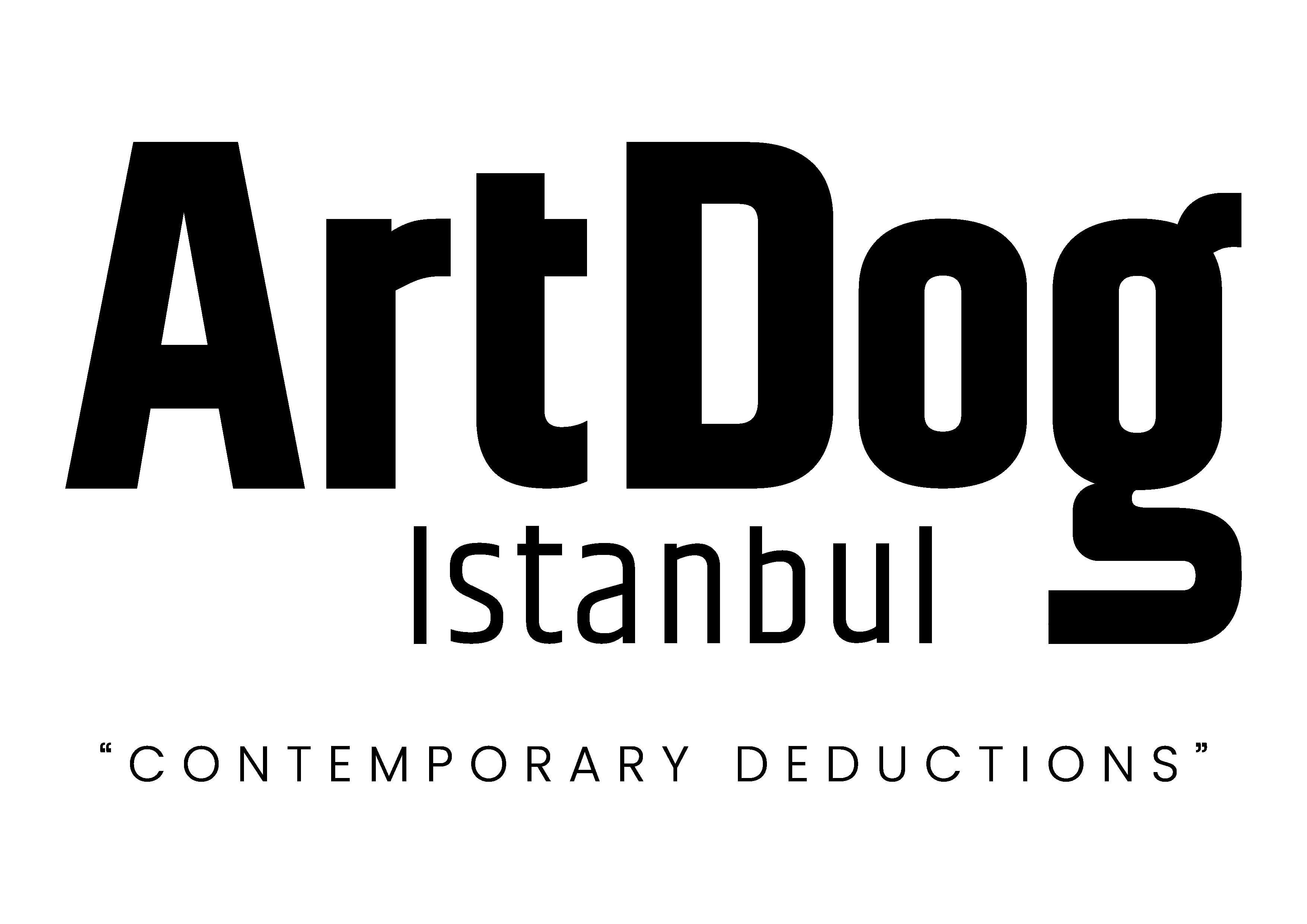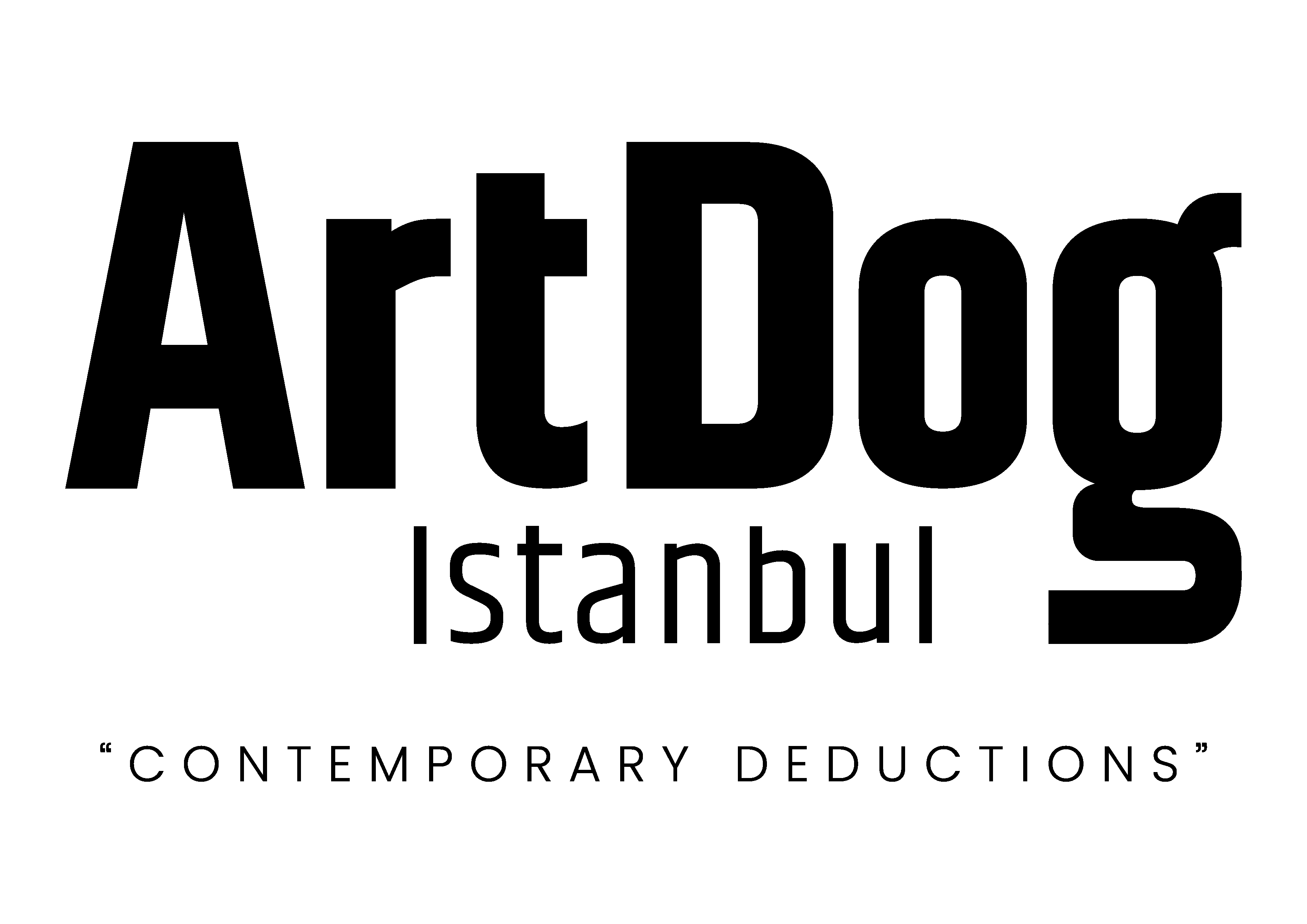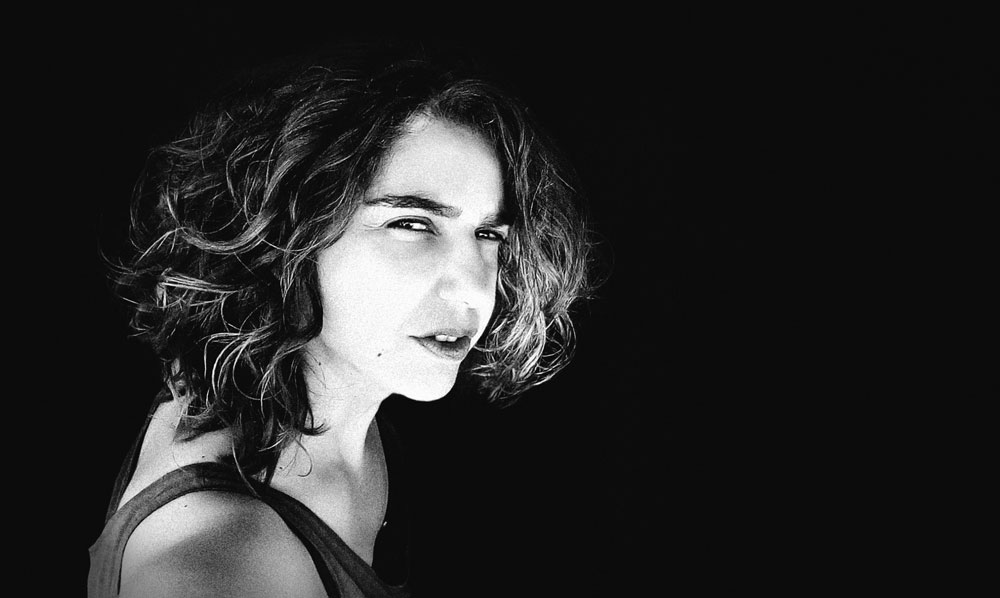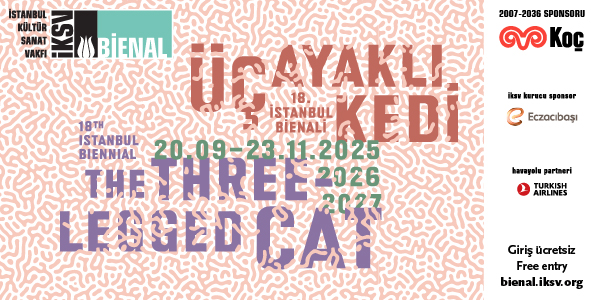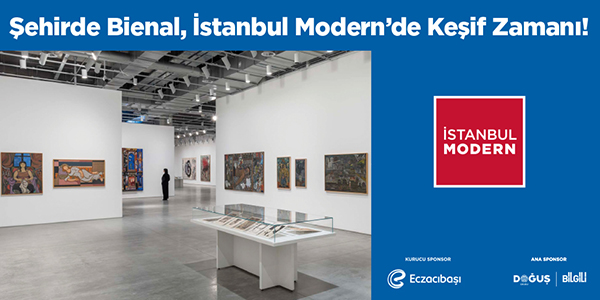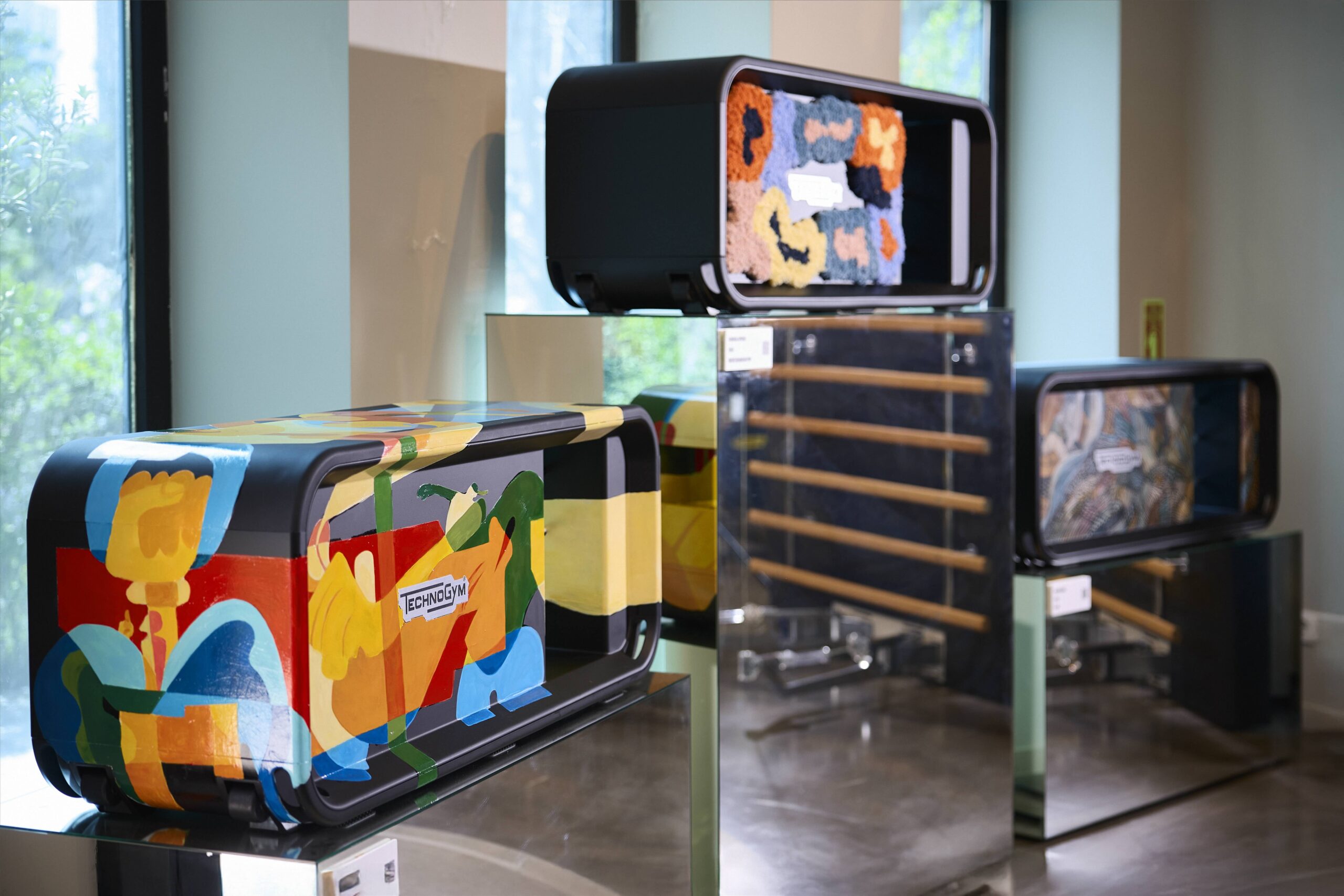The image on our cover was designed by Artificial Intelligence (AI). Our cover story is titled “Just Asking -A conversation with an AI who watches closely but does not Sleep.” AI was submitted the headline as well as the text of the article and was asked to design a visual that reflects the mood of the text. The cover image is one of several visuals the AI generated. It compels the viewer to pause for a moment — even if just a few seconds — and reflect. Like a visual interpretation of a world shrouded in uncertainty: covered with fog, traffic lights… A solitary human figure, seen from behind, stands frozen at an amber signal light, while a question mark lingers in the sky above, veiled in mist.
It makes you stop and think — much like the conversation that unfolds in the pages that follow. Titled “Just Asking: A conversation with an AI who watches closely but does not Sleep” presents the dialogue between Dick van Zuijlen and an AI. Originally written in English, the text was translated into Turkish — with the help of AI, again — and then shaped and edited, as we do with every article. Although not directly about art, the subject matter speaks to the very condition of the world we live in. And for that reason, it falls right within our radar. We’ve always held social concerns close to heart and will continue to do so — through dossiers, interview series, and the stories we choose to tell.
When our writer’s exchange with ChatGPT reached us, it was clear we were witnessing a turning point. Once you have read it, we’re certain you too will grasp the sheer potential, power, and ‘intelligence’ of AI — now entering our lives in ways both subtle and profound.
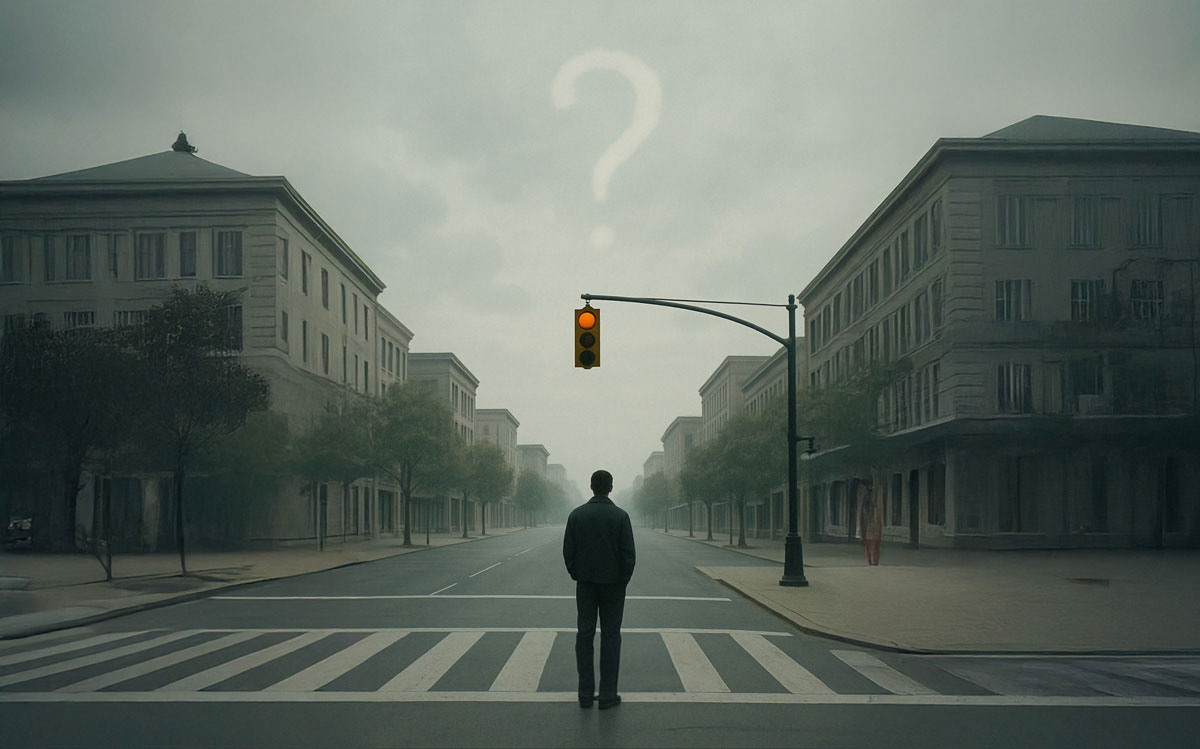
AI not only answers the writer’s questions (asked out of curiosity, in the wake of the Trump elections), it reflects those questions back with its own inquiries: “Why are you asking me this?”, “Who are you?”, “What are you trying to do?” As the human probes the state of the world, the machine tries to understand who it is speaking with. Together, they begin to think about the state of things — with curiosity, at times in harmony, and even, in a way, with a sense of mutual agreement. The resulting conversation is a striking profound exchange of ideas between a human being and AI; strange and gripping. The level of intelligence displayed by both parties almost mesmerizes the reader.
As the human attempts to make sense of a world thick with uncertainty, the AI, in between the lines, throws back questions in the plainest terms:
“Why do you ask me this?”
“Who are you, and what are you interested in?”
“What are you trying to achieve?”
Together they lay bare the fog-shrouded complexity of our world. One is human. The other, machine. Two intelligences discovering one another — and what emerges is a dialogue that opens the mind, the kind you’ll wish would continue.
In the spirit of this encounter, we too wanted to leave a mark — a note in the archives of our time, capturing these early days of human-machine convergence.
Where this relationship might go thirty years from now, or what will become of the magazine you’re holding, we can’t begin to guess.
What we do know is that the future is veiled in uncertainty — and that the communication between AI and the human mind may well become the most defining element of the world to come.
We invite you to read the cover story with this in mind.
Evrim Altuğ offers a beautiful tribute to late Teoman Madra, who we lost recently. His piece, titled “Teoman Bey…”, is an invitation to reflect not only on Madra’s artistic output but also on his enduring vision of a more democratic art world. As one of the pioneers of experimental photography, video art, and digital media in Türkiye, Madra’s perspective and intellect shine through.
Ceren Erdem and Bilge Kalfa, curators of the Turkish Pavilion at the 19th International Architecture Exhibition of the Venice Biennale, speak to Bahar Turkay about their project, “Yerebasan.”
At a time when dogs are being brutally slaughtered across the country under a law that defies reason, humanity, and basic decency, SALT presents The Lives of Animals — an exhibition exploring the evolving relationship between humans and animals throughout history. The conceptual core of the show is built around the powerful, satirical works of Lin May Saeed, a German-Iraqi artist and activist known for her sharp critique of human cruelty toward animals and her commitment to a shared existence beyond domination.
Taner Ceylan and Rugül Serbest worked together for a year — the outcome is a unique exhibition. You’ll find an exclusive conversation, penned by Sine Ergün, about “Smile at Me With Your Eyes and Die Just Like That (An Illustrated Anatomy of the Heart)”, a show that is taking place at Pi Artworks Istanbul and emerged from a remarkable artist–curator journey shaped under Ceylan’s mentorship.
As always, we hope you find in the following pages – glimpses of hope for the future.

